Understanding your feline friend can sometimes feel like deciphering a complex code. Cats are known for their independence and mysterious behaviors, which often leaves pet owners scratching their heads. However, by learning to interpret your cat’s emotional cues, you can build a stronger, more communicative bond with your furry companion. This guide will help you recognize and understand your cat’s emotions effectively.
Understanding Cat Body Language
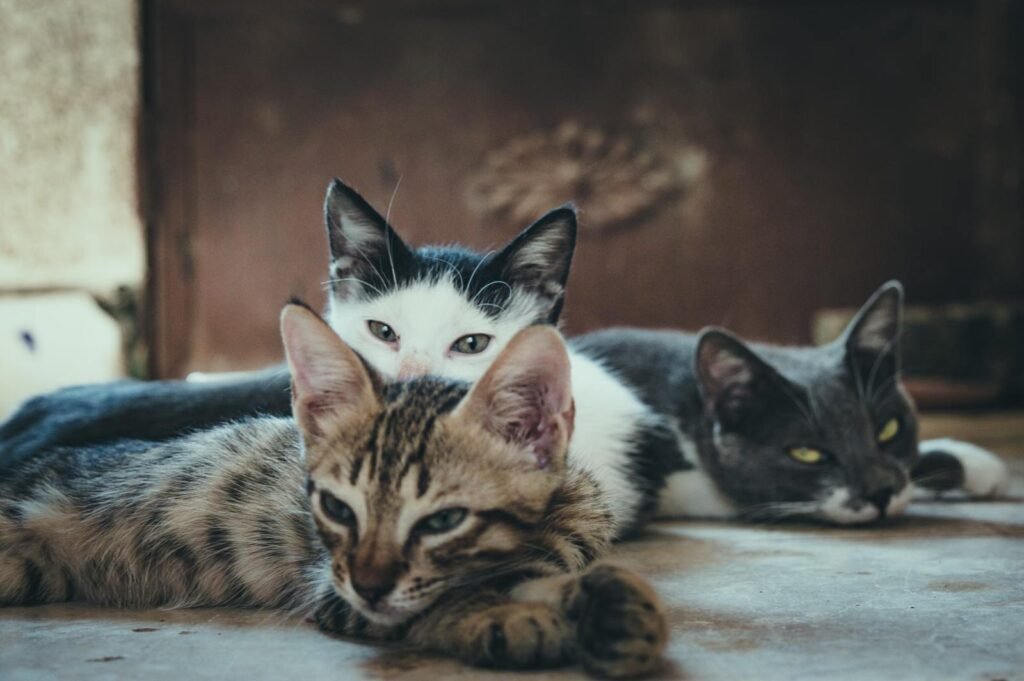
Cats communicate a lot through their body language. The position of a cat’s tail, ears, and body can tell you if they’re happy, anxious, or ready to pounce. A tail held high often signifies confidence and happiness, while a low tail might indicate fear or submission. Likewise, relaxed ears mean contentment, but ears pointed sideways or flattened could suggest annoyance or aggression.
Decoding Vocalizations
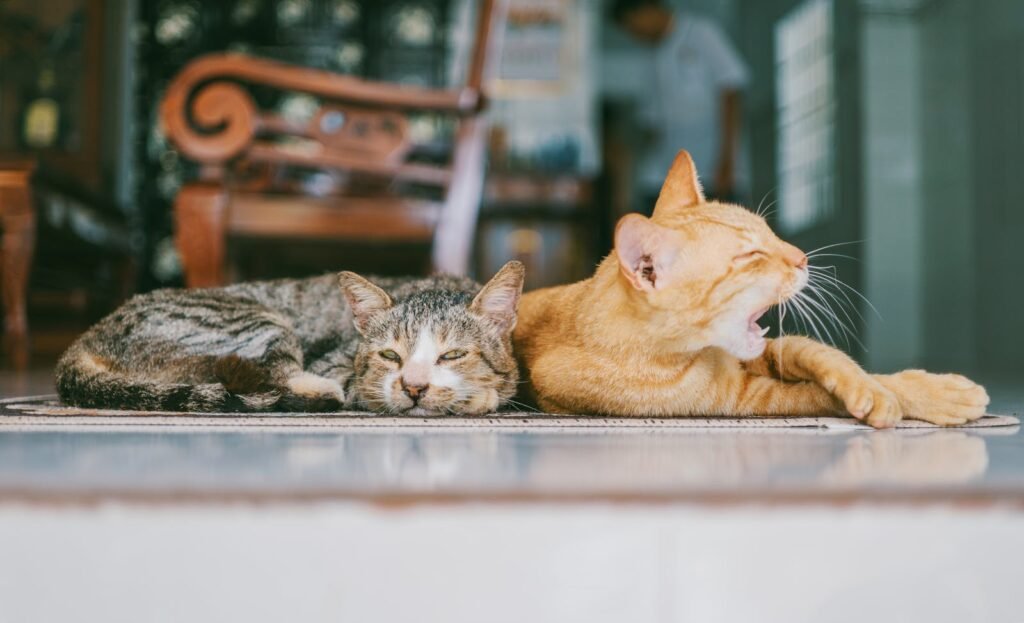
Cats use vocalizations to communicate with us. From purring to hissing, each sound has a distinct meaning. Purring is generally a sign of contentment, though it can also be a self-soothing action when a cat is in pain. Meows can vary in frequency and tone, often indicating your cat’s needs or opinions, whether they’re hungry, lonely, or seeking attention.
Interpreting Eye Contact and Blinks
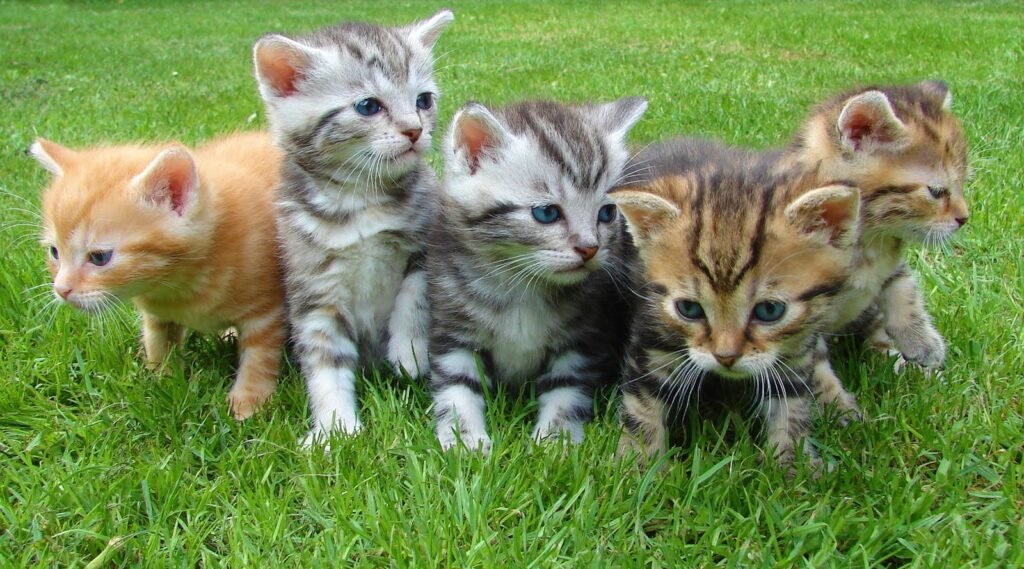
Eye contact in cats can be a powerful communication tool. Slow blinks are a sign of trust and affection and are often referred to as “cat kisses.” On the other hand, prolonged staring without blinking can be perceived as a threat or challenge. If your cat is staring and avoiding eye contact, they may feel scared or stressed.
Reading Purring: More Than Just Pleasure
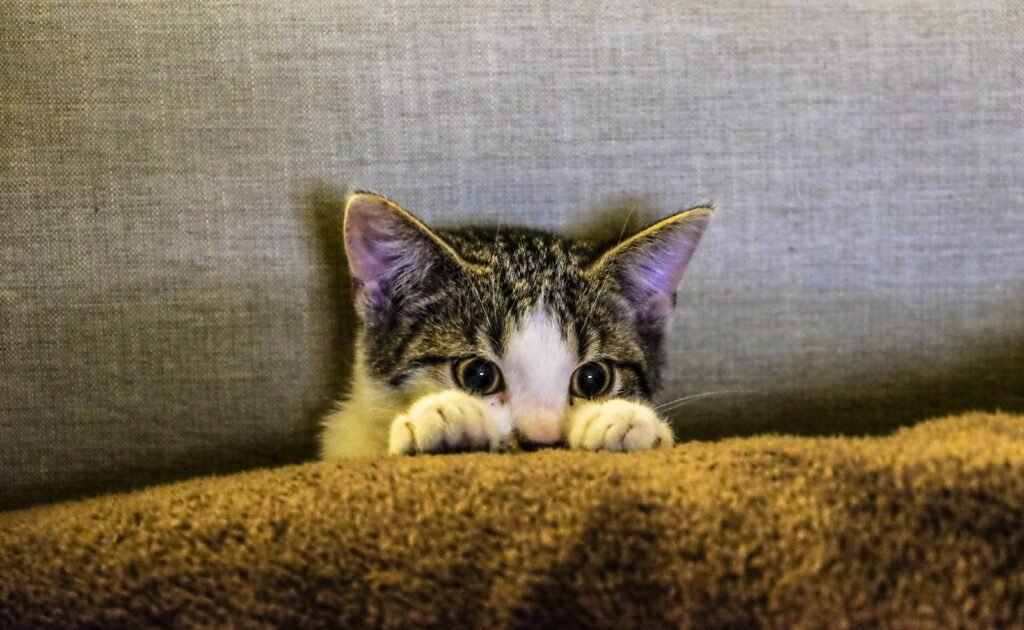
While purring is commonly a sign of happiness, it can also mean your cat is in pain or feeling stressed. Observe the context in which your cat is purring. If it happens outside the usual petting or resting, it might be due to anxiety or discomfort.
Recognizing Signs of Stress or Anxiety

Changes in behavior, such as hiding, excessive grooming, or loss of appetite, can indicate stress or anxiety. It’s important to identify potential stressors, such as new visitors, a change in the environment, or competition with other pets, and address them accordingly to help your cat feel more at ease.
Affectionate Behavior: Kneading and Head-Butting
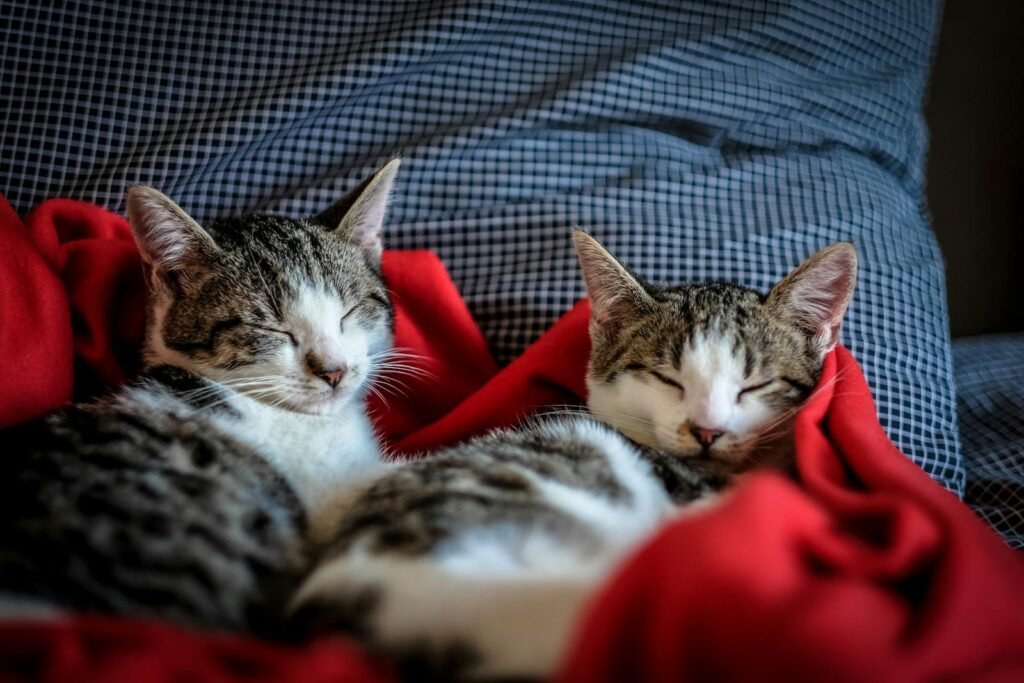
When your cat kneads you with their paws, it’s often a sign of comfort and affection rooted in kittenhood behaviors. Head-butting, or bunting, is another way cats mark you with their scent, solidifying a bond and claiming you as part of their territory.
The Role of Play in Emotional Health
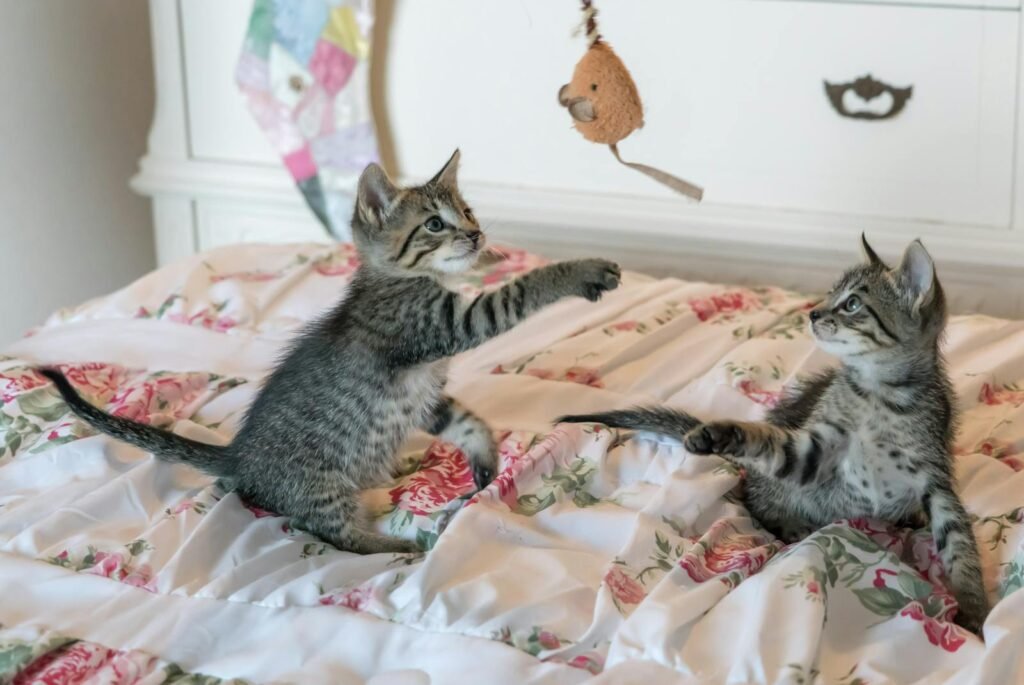
Engaging in play not only strengthens your bond but also supports your cat’s emotional health. Through play, cats express their hunting instincts and release pent-up energy. Recognizing your cat’s playful behavior, such as pouncing and zooming around, is crucial to providing appropriate outlets for these natural urges.
Understanding the Grooming Ritual
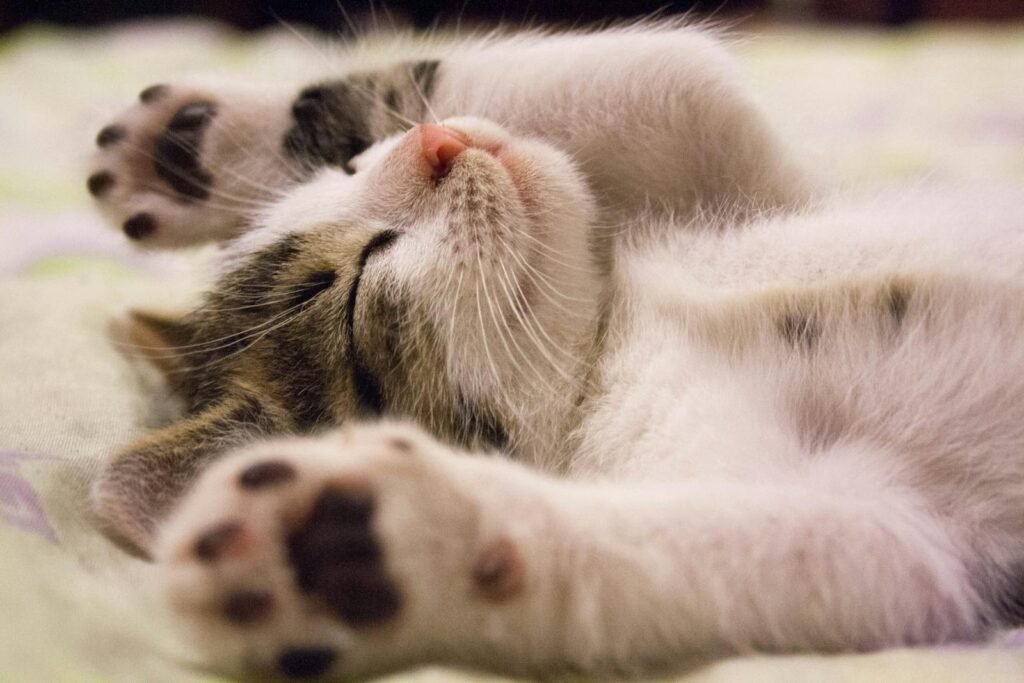
Grooming is a multifaceted behavior in cats that can indicate self-care, affection, or stress. Fastidious grooming is normal, but over-grooming may be a sign of underlying issues. Pay attention to changes in grooming habits to provide the proper care for your cat’s mental and physical well-being.
Spotting Contentment
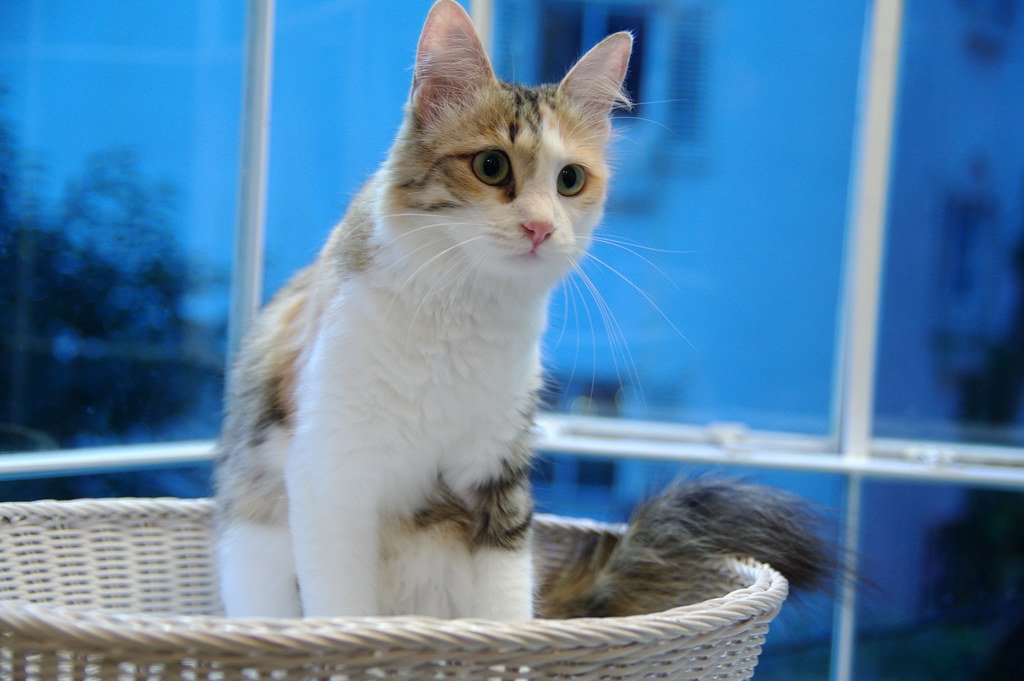
Satisfied cats often display signs of relaxation, such as stretched limbs, soft eyes, and gentle purring. These indicators of contentment tell you that your cat feels safe and at peace in their environment.
Recognizing When Your Cat Needs Attention
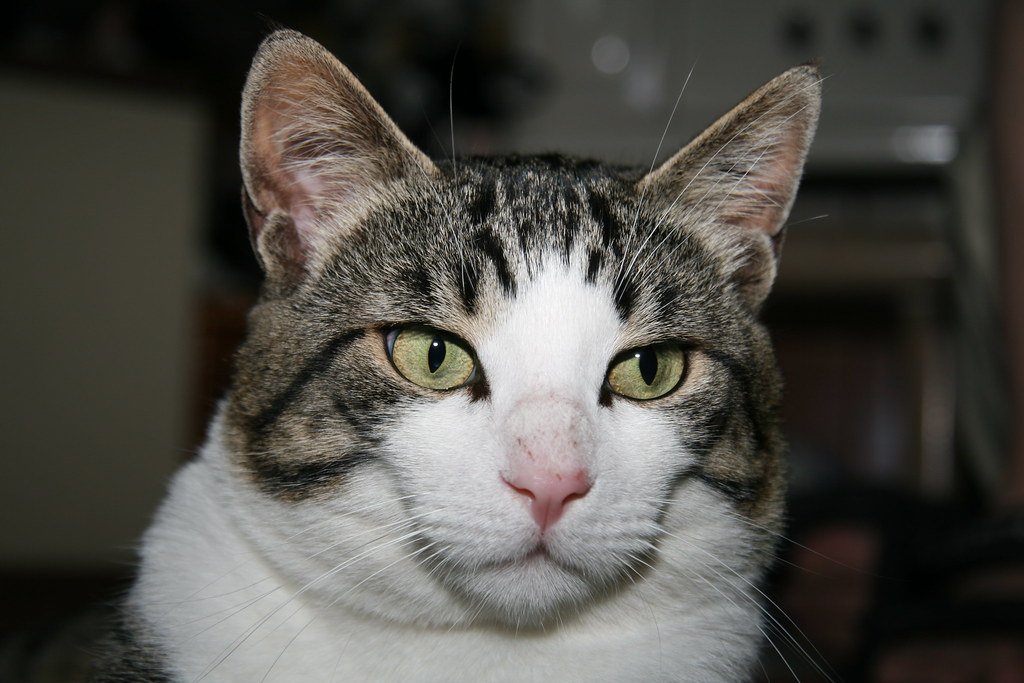
Cats will often seek out human interaction when they need attention. They may follow you, vocalize more than usual, or initiate physical contact. It’s essential to respond to these cues to nurture your relationship and fulfill your cat’s social needs.
Understanding Aggressive Behaviors

If your cat displays aggressive behaviors, such as hissing, swatting, or biting, it’s crucial to assess the situation and identify potential triggers. Aggression can stem from fear, territorial disputes, or overstimulation, and recognizing these can help you manage and mitigate conflict.
Managing the Introduction of New Cats

Introducing a new cat into your home can be challenging and may trigger various emotional cues from your current pet. Patience and gradual introductions, allowing them to sniff and observe each other, will help facilitate a smoother transition.
Responding to Anxiety with Environmental Enrichment
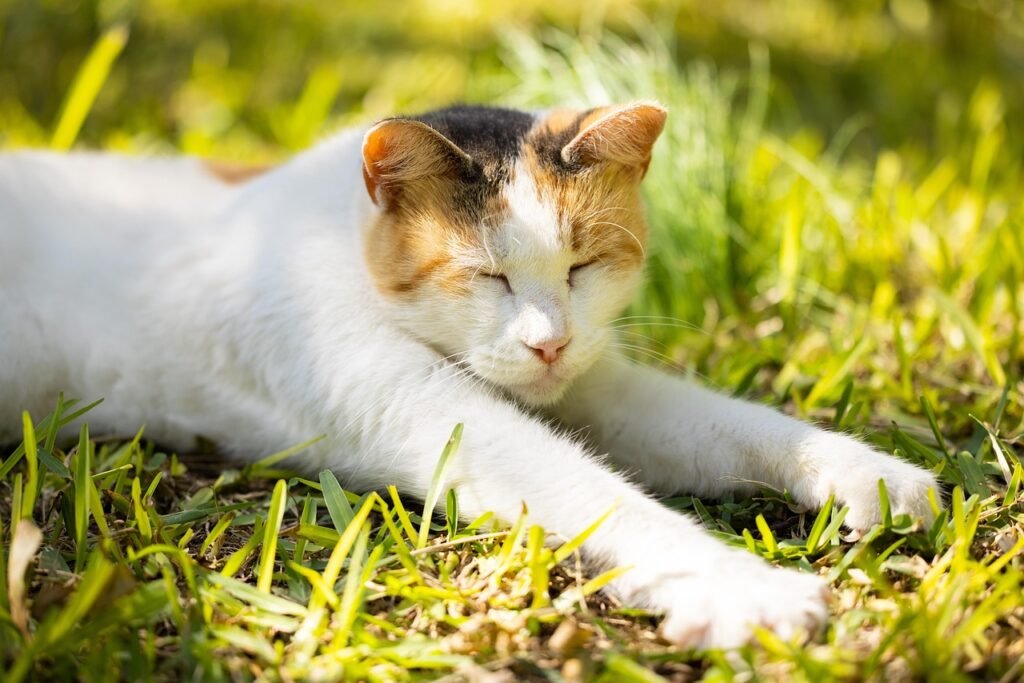
Enhancing your cat’s environment with toys, scratching posts, and climbing trees can reduce anxiety and enrich their daily experiences. Providing a stimulating and engaging environment helps maintain your cat’s emotional balance and overall happiness.
The Significance of Territory and Space
Cats are territorial animals that value their personal space. Observing where your cat chooses to rest, hide, and play can give you insights into how they view their territory. Respecting these spaces and providing safe zones enhances your cat’s sense of security.
The Importance of Routine
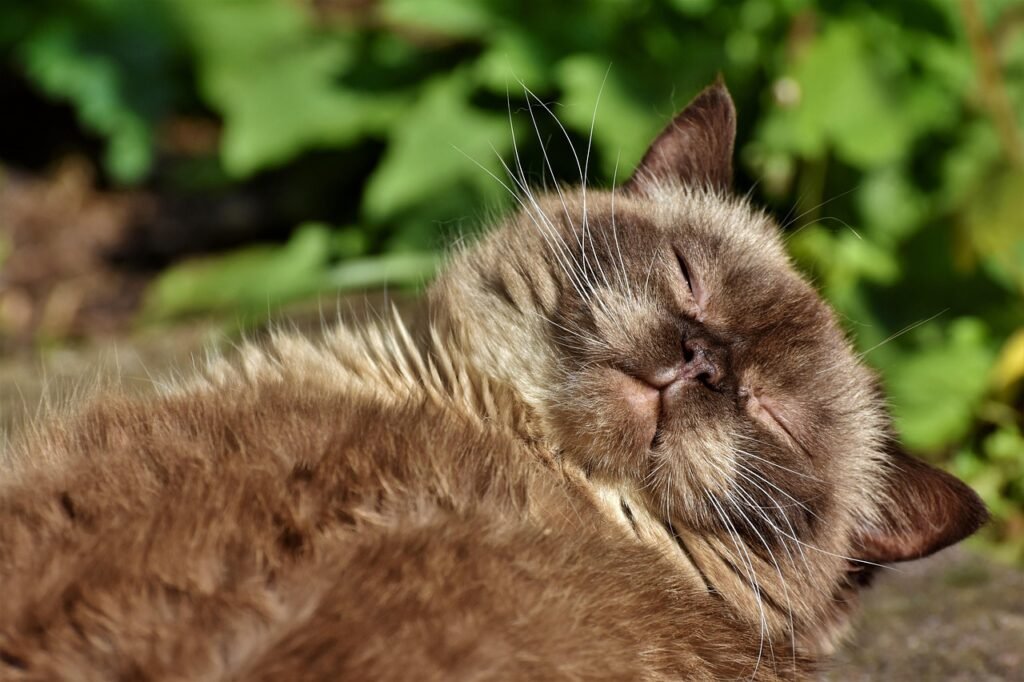
Cats thrive on routine. Unexpected changes can cause stress. Maintaining consistent feeding times, play sessions, and sleeping arrangements helps your cat feel secure and reduces anxiety.
Regular Health Check-ups

Regular veterinary visits are crucial to rule out health issues that may be causing behavioral changes. Pain or illness can significantly affect a cat’s emotional state. Ensuring your cat is healthy supports their emotional well-being.
Conclusion: Building a Stronger Bond with Your Cat
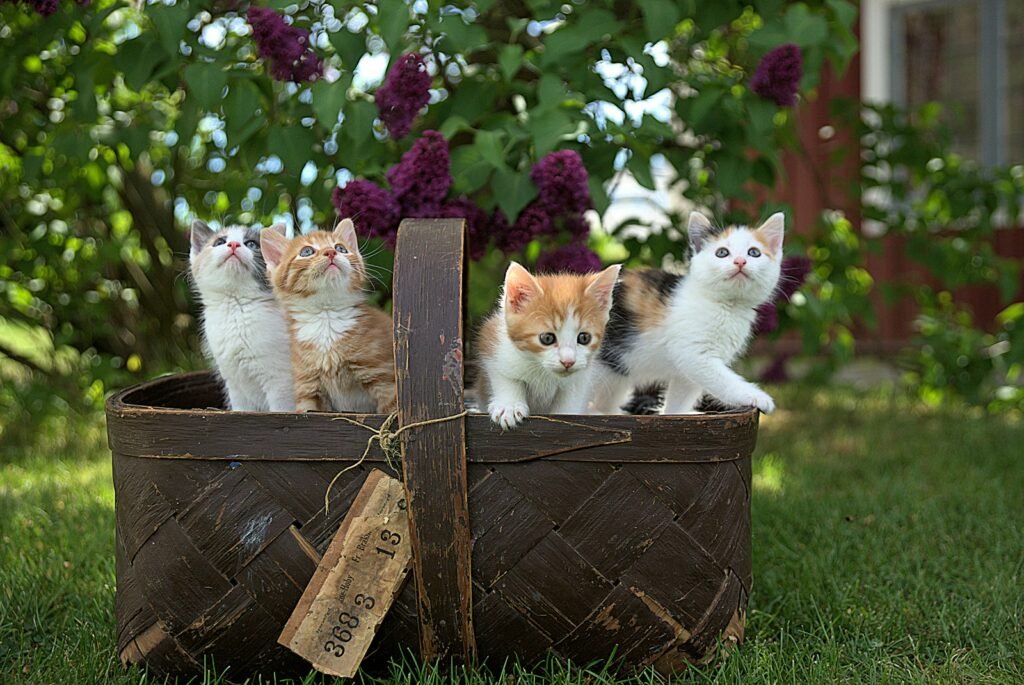
Reading your cat’s emotional cues and responding appropriately can greatly enhance your relationship and improve your pet’s quality of life. By being mindful of their body language, vocalizations, and behaviors, you can ensure your cat feels loved, secure, and happy. With patience and understanding, the enigmatic world of feline emotions can become a rich and rewarding part of your life together.
Hi, I’m Bola, a passionate writer and creative strategist with a knack for crafting compelling content that educates, inspires, and connects. Over the years, I’ve honed my skills across various writing fields, including content creation, copywriting, online course development, and video scriptwriting.
When I’m not at my desk, you’ll find me exploring new ideas, reading books, or brainstorming creative ways to solve challenges. I believe that words have the power to transform, and I’m here to help you leverage that power for success.
Thanks for stopping by, Keep coming to this website to checkout new articles form me. You’d always love it!






